10th June, 2024
Effective invoice tracking is crucial for maintaining healthy cash flow and ensuring smooth business operations. Proper management of both incoming and outgoing invoices can help businesses avoid late payments, improve financial planning, and enhance relationships with clients and vendors. Here are some essential tips for tracking incoming and outgoing invoices efficiently!
- Implement an Invoice Management System
Adopting an invoice management system can streamline the process of tracking both incoming and outgoing invoices. These systems offer features such as automated reminders, customizable templates, and real-time tracking. An effective system can reduce errors, save time, and provide valuable insights into your financial transactions. Consider options that integrate with your existing accounting software and financial automation tools to create a seamless workflow.
2. Establish Clear Invoice Policies
Having clear, well-defined invoice policies helps ensure consistency and transparency in your invoicing process. Outline payment terms, due dates, and penalties for late payments in your policies. Communicate these policies to clients and vendors upfront to avoid misunderstandings. For outgoing invoices, ensure that your team follows the established guidelines to maintain uniformity. Standardizing these practices aligns with financial management best practices and enhances compliance.
3. Use Digital Invoicing
Transitioning from paper-based invoicing to digital invoicing can significantly improve your tracking capabilities. Digital invoices are easier to store, retrieve, and manage. They can be sent and received instantly, reducing delays and improving payment cycles. Additionally, digital invoicing solutions often come with tracking and reporting features that allow you to monitor the status of your invoices in real-time. This shift not only boosts operational efficiency but also supports eco-friendly business practices.
4. Track Invoices in Real-Time
Real-time tracking of invoices ensures that you are always aware of the status of your payments. For outgoing invoices, set up alerts to notify you when an invoice is viewed, approved, or paid. For incoming invoices, track the approval process and payment status to avoid missing due dates. Real-time tracking helps you stay on top of your cash flow and make informed financial decisions. Utilizing cloud-based accounting systems can further enhance real-time visibility.
5. Categorize and Prioritize Invoices
Organize your invoices by categories such as due date, client, or project. Prioritizing invoices based on their urgency can help you manage payments more effectively. For incoming invoices, prioritize those with the nearest due dates to avoid late fees. For outgoing invoices, ensure that high-value invoices are tracked closely to maintain positive cash flow. This categorization also aids in financial reporting and strategic planning.
6. Set Up Automated Reminders
Automated reminders are an effective way to ensure timely payments for both incoming and outgoing invoices. Set up reminders to notify clients and vendors of upcoming due dates. Automated reminders reduce the need for manual follow-ups and increase the likelihood of on-time payments. This feature is especially useful for businesses with a high volume of transactions. Leveraging automation tools can significantly enhance your accounts receivable management.
7. Reconcile Regularly
Regular reconciliation of invoices helps identify discrepancies and ensures that your records are accurate. Compare your outgoing invoices with received payments to confirm that all transactions are accounted for. Similarly, reconcile incoming invoices with payments made to ensure that you are not overpaying or missing any payments. Regular reconciliation helps maintain the integrity of your financial data and supports accurate financial statements.
8. Maintain Detailed Records
Keeping detailed records of all invoices, including dates, amounts, payment status, and correspondence, is essential for effective tracking. Detailed records help you resolve disputes, track payment history, and provide a clear audit trail. Ensure that all relevant information is documented and easily accessible for future reference. This practice is crucial for audit compliance and financial transparency.
9. Monitor Payment Trends
Analyzing payment trends can provide valuable insights into your invoicing process. Identify patterns such as frequent late payments, high-value clients, or seasonal fluctuations. Understanding these trends can help you adjust your invoicing strategy, negotiate better terms, and improve your cash flow management. Utilizing data analytics and business intelligence tools can further enhance your ability to monitor and analyze payment trends.
10. Invest in Training
Ensure that your team is well-trained in invoice management best practices. Provide training on your invoicing system, policies, and procedures to ensure consistency and accuracy. Regular training updates can help your team stay informed about new features, tools, and regulations, ultimately improving your invoicing process. Investing in training ensures that your staff is equipped with the latest knowledge and skills to manage invoices effectively.
Efficient invoice tracking is essential for maintaining healthy cash flow and ensuring smooth business operations. By implementing an invoice management system, establishing clear policies, using digital invoicing, and tracking invoices in real-time, businesses can streamline their invoicing process and avoid payment delays. Regular reconciliation, detailed record-keeping, and monitoring payment trends further enhance your invoicing strategy. Investing in training ensures that your team is equipped with the knowledge and skills to manage invoices effectively. By following these tips, businesses can improve their financial stability and foster positive relationships with clients and vendors!
By the way, have you tried Niobi’s FREE Invoice Generator? Streamline your invoicing process so you can focus on building your business. All you need to do is enter the required information into our free invoice generator, and instantly download a professional PDF invoice that you can send directly to customers!
Create invoice NOW: https://niobi.co/niobi-tools-and-resources/invoice-generator/

